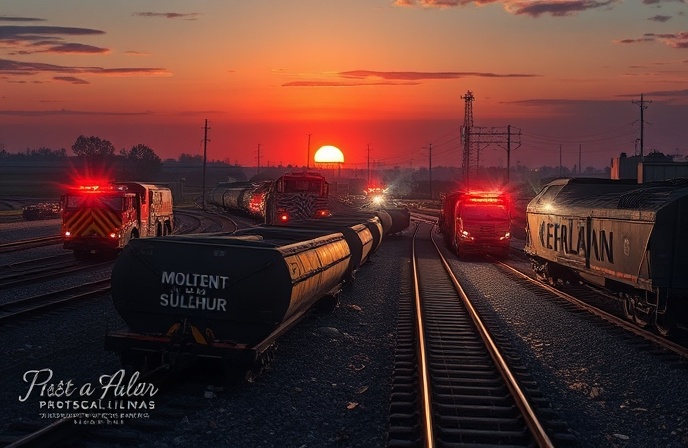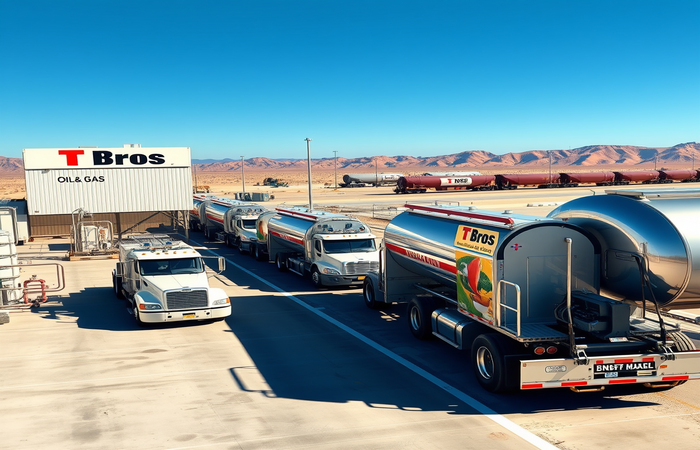Inland Rail: Parkes-Narromine Section Approval
Inland Rail’s Parkes-Narromine section is approved! This crucial link boosts regional economies and streamlines Australian freight transport. Discover how!

This article delves into the significant milestone achieved with the approval of the Parkes-Narromine section of Australia’s Inland Rail project. The Inland Rail project, a critical piece of national infrastructure, aims to revolutionize freight transport across Australia, connecting regional producers to domestic and international markets. This ambitious undertaking requires meticulous planning, environmental considerations, and extensive collaboration with various stakeholders. The approval of the Parkes-Narromine segment, a crucial link in the overall network, highlights the project’s progression and the positive impact it promises to bring to regional economies. This analysis will explore the key aspects of this approval, encompassing environmental impact assessments, community engagement, the logistical challenges of construction, and the economic benefits anticipated from the project’s completion. We will examine the intricacies of the project’s design, the sourcing of materials, and the projected timelines for completion and operation, offering a comprehensive overview of this important development in Australian rail infrastructure.
Environmental Assessment and Community Consultation
The granting of planning approval for the Parkes-Narromine section of Inland Rail followed a rigorous two-year process. This included comprehensive environmental impact assessments to minimize the project’s ecological footprint. Detailed studies evaluated potential impacts on flora, fauna, and water resources, ensuring compliance with stringent environmental regulations. Crucially, extensive consultation with landowners, local councils (e.g., Parkes Shire Council), and community groups was undertaken. This participatory approach aimed to address concerns, incorporate local knowledge, and foster a sense of ownership within affected communities. Transparency and open communication were paramount in ensuring community acceptance and collaboration throughout the planning phase.
Construction and Materials Sourcing
The 104km Parkes-Narromine rail line represents a substantial undertaking. Construction involves track formation, rehabilitation of existing track and culverts, and the addition of three new crossing loops at strategic locations (Goonumbla, Peak Hill, and Timjelly). These crossing loops are essential for efficient train movements and improved operational capacity. The project showcases a commitment to supporting Australian industry. Steel rail is sourced from Whyalla, South Australia, with 6,534 tonnes already delivered. Concrete sleepers (200,000) are being manufactured by Rocla in Mittagong, NSW, and materials supply contracts totaling A$7 million (approximately $5 million USD) have been awarded to Calvani Crushing and Ausrock Quarries. This localized sourcing strategy stimulates regional economies and minimizes transport costs and emissions.
Economic Impact and Regional Development
The Inland Rail project is not merely a transportation initiative; it’s a catalyst for regional economic growth. The construction phase alone generates numerous jobs and stimulates local businesses. Industry briefings generated over 200 Expressions of Interest (EOI) from local companies eager to participate in the project. Once operational, the railway will significantly reduce freight transport costs for agricultural and other industries in regional NSW, enhancing their competitiveness in both domestic and international markets. This improved connectivity will attract investment, create jobs, and contribute to the overall economic prosperity of the region. The improved efficiency in freight transportation will also reduce the overall carbon footprint associated with road transport.
Project Timeline and Integration with Existing Network
The Parkes-Narromine section leverages existing infrastructure where possible. Much of the route utilizes the existing Australian Rail Track Corporation (ARTC) interstate rail freight network. However, a new 5.3km railway line is being constructed to connect to the Broken Hill line west of Parkes. This strategic integration minimizes disruption and optimizes resource utilization. The first tracks are anticipated to be laid in late 2018, with full operational capacity expected between 2024 and 2025. The meticulous planning and phased approach ensure a seamless integration into the broader Inland Rail network, paving the way for a more efficient and interconnected freight transport system.
Conclusion
The approval of the Parkes-Narromine section of the Inland Rail project marks a significant step forward for Australia’s national freight network. This project represents more than just infrastructure development; it is a strategic investment in regional economies, creating jobs, boosting competitiveness, and fostering sustainable growth. The meticulous environmental assessments, extensive community consultations, and commitment to sourcing materials locally demonstrate a responsible and inclusive approach to infrastructure development. The project’s efficient integration with the existing ARTC network optimizes resource utilization and minimizes disruption. The projected timeline, with operational commencement expected between 2024 and 2025, promises to deliver tangible economic benefits and improved connectivity for regional producers across Australia. The successful completion of the Parkes-Narromine section serves as a powerful testament to the project’s feasibility and its potential to transform the Australian freight landscape, enhancing efficiency, competitiveness, and sustainable development across the nation.



